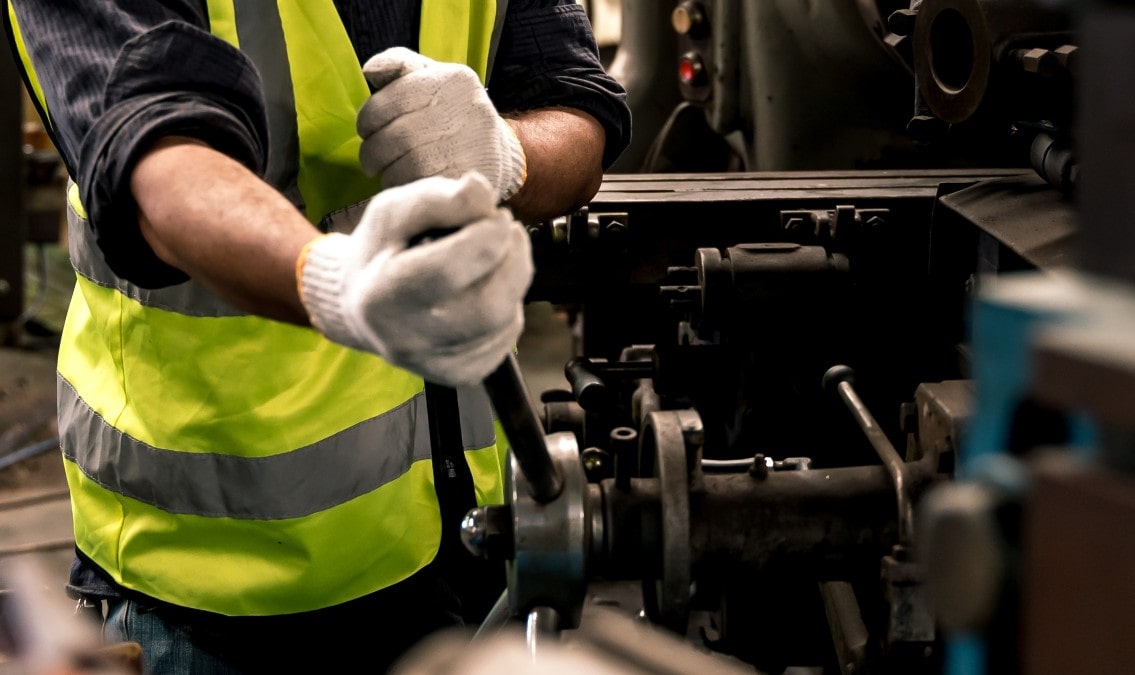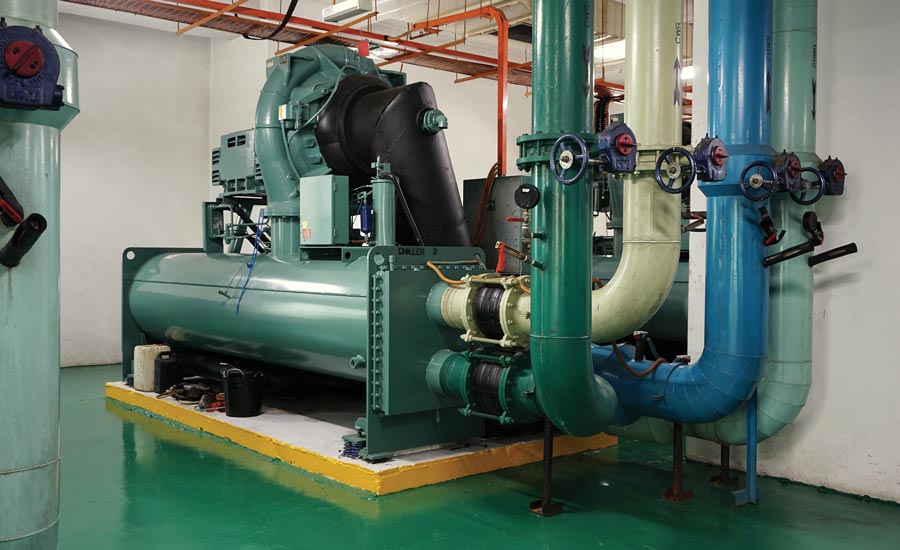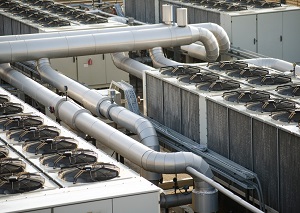
Corrective Maintenance refers to repairs or interventions carried out after a system or equipment failure. It’s a reactive approach aimed at restoring functionality. While sometimes necessary, relying solely on corrective maintenance can lead to increased costs, unplanned downtime, and potential safety risks.
Preventive Maintenance, on the other hand, is a proactive approach. It involves scheduled inspections, servicing, and repairs to prevent failures before they occur. This method helps extend the lifespan of equipment, improve efficiency, and reduce unexpected breakdowns.
Timing of Execution:
Cost Implications:
Operational Downtime:
Risk Levels:


While Corrective Maintenance is important for addressing issues when they arise, Preventive Maintenance provides numerous long-term benefits by proactively protecting your equipment, enhancing safety, and reducing operational costs. At Associated Technical Services, we offer both corrective and preventive maintenance services that are tailored to meet the specific needs of your facility.
